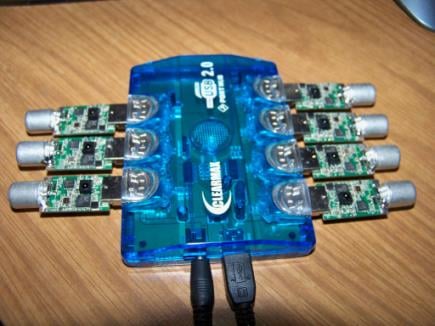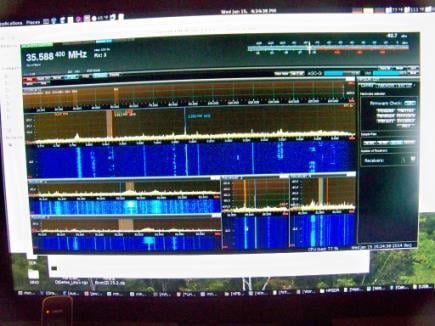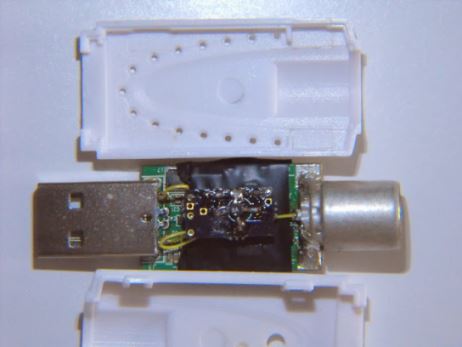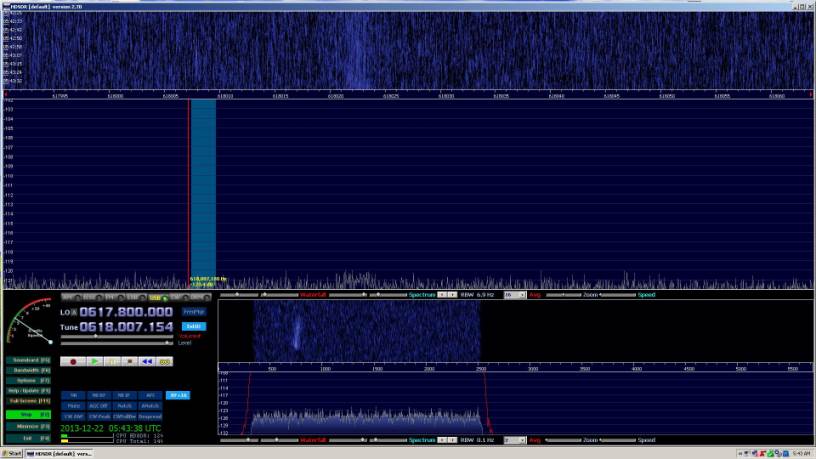Listening to D-STAR Digital Voice with DSD 1.7
D-STAR or (Digital Smart Technologies for Amateur Radio) is a Frequency Division Multiple Access (FDMA) Gaussian Minimum Shift Keying (GMSK) digital voice and data protocol used in amateur radio.
Up until recently it was possible to decode D-STAR headers using either DSD 1.6 or dstar.exe and an RTL-SDR, but it was not possible to decode voice. Now amateur radio hobbyist PU2VLW has brought to our attention that the latest DSD development version 1.7 is capable of decoding D-STAR audio (his post is in Portuguese so we suggest using Google translate). He shows a video of some example D-STAR decoding which we show at the end of this post.
DSD 1.7 can currently be downloaded as source from it’s GitHub respository. Instructions for installing DSD 1.7 on Linux can be found on the post by PU2VLW and the GitHub readme. PU2VLW built DSD 1.7 in Ubuntu 10.04, noting that newer versions of Ubuntu have removed OSS (Open Sound System) support which DSD requires. He then runs SDR# on a Windows PC, tuned to a D-STAR signal, and uses an audio out cable to connect the Windows PC’s audio out to the Ubuntu PC running DSD 1.7.
Update: See this post for installing DSD 1.7 on Windows.
EDIT: There is now a version of DSD+ that can decode D-STAR. https://www.rtl-sdr.com/dsd-version-1-5-released/







